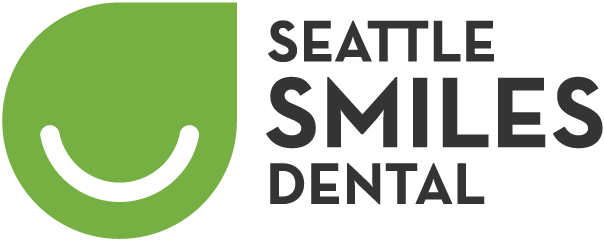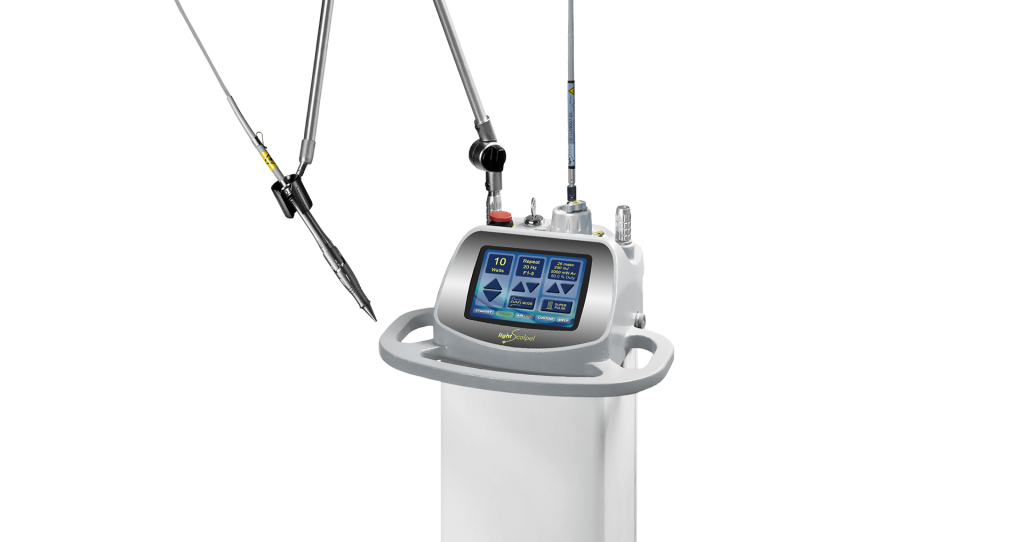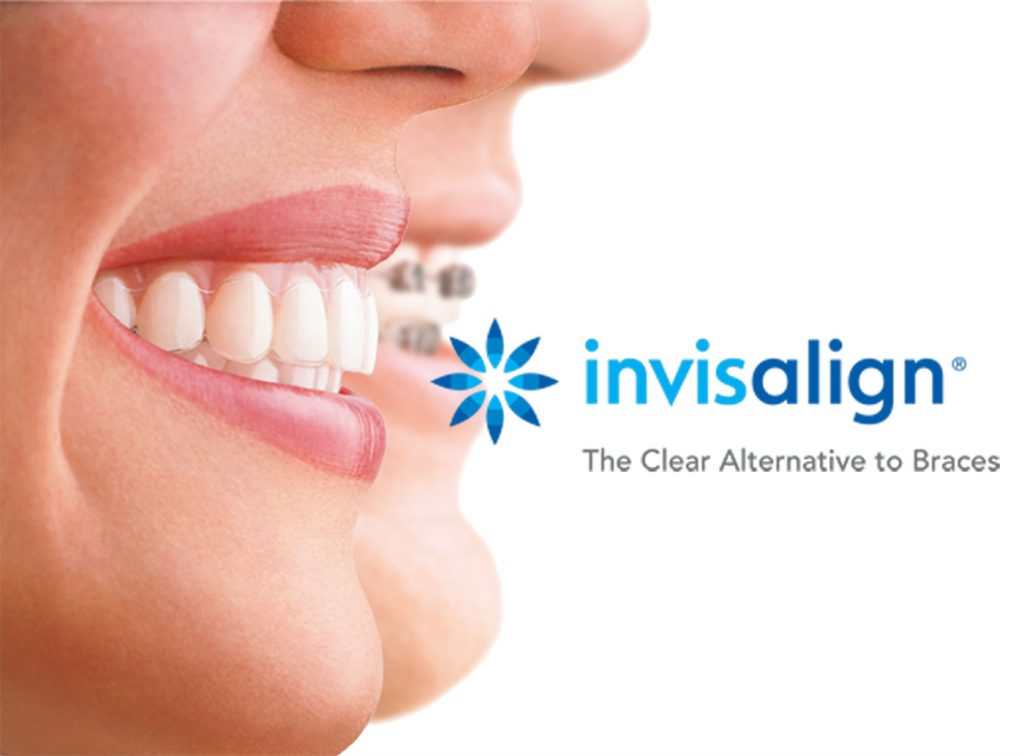Temporomandibular joint disorder & treatment
If you are suffering from frequent headaches, jaw aches, and/or aching facial pain, it could be temporomandibular joint disorder, also known as TMJ or TMD. This condition involves your jaw joint and can make chewing and talking painful.
These aches and pains may be related to the jaw joint, called the temporomandibular joint, or TMJ, and the muscles that work to move the joint. These painful conditions are often called TMD for temporomandibular disorders.
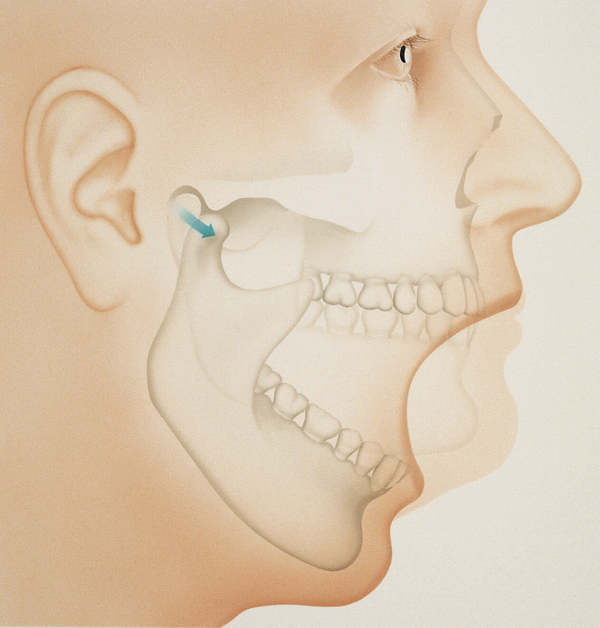
The temporomandibular joint (TMJ)
Signs and symptoms
TMD is a condition, not a specific disease. Temporomandibular disorders can have many different signs and symptoms, from mild to severe. Some patients may have symptoms but are still able to function fully. TMDs appear to be more common in women.
Specific symptoms may include:
- pain in or around the ear
- tender jaw muscles
- clicking or popping noises in the jaw
- difficulty opening or closing the mouth
- pain when yawning or chewing
- jaw joints that feel as if they are “locked,” “stuck” or they “go out”
- headaches
What causes TMD?
Several conditions may be linked with TMD. This often makes it difficult to pinpoint the cause of a particular case of TMD. Related conditions may include:
- jaw or head injuries
- diseases that affect the muscles or joints, such as arthritis
- tooth grinding or clenching
- stress
Treatment options
To determine how best to treat your condition, a complete evaluation is recommended. Your dentist may check the joints and muscles for tenderness, clicking, popping or difficulty moving. Your complete medical history may be reviewed, so it is important to keep your dental office record up-to-date. Your dentist may take x-rays and may make a model of your teeth to see how your bite fits together. Your dentist may also request specialized x-rays of the jaw joint.
For some patients, the disorders may disappear by themselves; for others, they may come and go or may worsen over time. TMD disorders are often managed, rather than cured. We may recommend treatment, or we may refer you to a physician or jaw joint specialist. There are several ways TMD may be managed. The success of the treatment often depends upon you and your dentist working together to find what works to relieve your symptoms.
Treatment may involve a series of steps. The step-by-step plan allows you to try simple treatment before moving on to more involved treatment. Experts generally recommend a “less is often best” approach to treating TMJ disorders.
Botox® for TMD treatment
Botox® is a natural, purified protein that is used in dentistry to treat:
• Headaches
• Chronic migraines
• Bruxism (teeth grinding and clenching)
• Temporomandibular disorder (TMD, jaw joint pain)
• “Gummy smiles”
• Fine lines and wrinkles
In its therapeutic application studies show that Botox® prevents, on average, 8-9 headache and migraine days per month. For adults with chronic migraine, it blocks 15 or more headache days a month. Botox® has been shown to offer patients relief from clenching, grinding and muscular pain from temporomandibular joint disorders (TMD).
Please go to our Botox® page to learn more.
The following self-care practices may be recommended:
- eating softer foods or avoiding foods that cause symptoms
- minimize extreme jaw movements, such as yawning or singing
- avoid chewing gum
- modifying the pain with heat or ice packs
- practicing relaxation techniques to control jaw tension, such as meditation
If necessary, we may recommend the following to relieve your symptoms:
- exercises to strengthen jaw muscles
- medicines to reduce pain or inflammation or to help you relax
- a night guard to decrease clenching or grinding of teeth
- adjusting and fixing an uneven bite by reshaping how teeth fit together
If you think you might be suffering from TMD, please call our office to schedule an examination to discuss your concerns, symptoms and possible treatment options.
